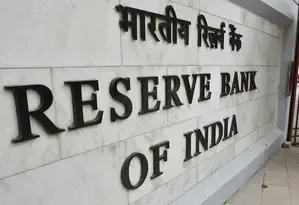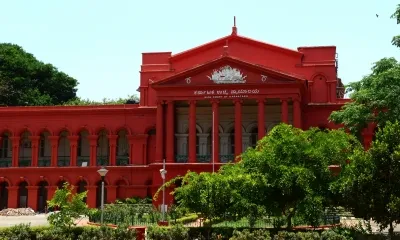India's Economic Growth Set to Recover as Demand Strengthens: RBI Bulletin

Synopsis
Key Takeaways
- Domestic demand is gaining strength.
- Inflation has eased for two consecutive months.
- Rural economy is witnessing growth.
- Public capex is expected to stimulate key sectors.
- India remains the fastest-growing major economy.
Mumbai, Jan 18 (NationPress) India's economic growth is on track to recover as domestic demand strengthens, showcasing a resilience in consumption, bolstered by promising agricultural prospects, states the RBI’s monthly bulletin for January.
It notes a favorable acceleration of high-frequency economic activity indicators in the latter half of 2024-25, supporting the anticipated increase in India’s real GDP growth for this timeframe as indicated in the annual first advance estimates from the NSO.
The report highlights that headline inflation has decreased for the second consecutive month in December, although persistent food inflation necessitates vigilant monitoring of its secondary effects.
The bulletin further remarks, “India's economic growth is set to rebound, underpinned by strengthening domestic demand. Rural demand is gaining traction, reflecting consumption resilience, aided by favorable agricultural conditions.”
With agriculture and allied sectors performing well due to a record kharif harvest and increased rabi sowing, the rural economy's fortunes have seen an upswing, it adds.
A resurgence in public capital expenditure on infrastructure is expected to drive growth in vital sectors.
The initial advance estimates for 2024-25, released by the National Statistics Office (NSO) on January 7, reaffirm that India remains the fastest-growing major economy, even as GDP growth has tapered to 6.4% from three consecutive years above 7%.
“Private final consumption emerges as a key bright spot in the economy, propelled by e-commerce and quick commerce, where fostering competition is crucial rather than imposing restrictions. To invigorate economic enthusiasm, enhancing consumption might be essential,” states the bulletin.
The demand for household staples has witnessed a slight increase in the October-December quarter. The middle class is hopeful for relief from food inflation and thus higher disposable incomes, particularly in urban areas.
The rural demographic is expected to continue showing robust volume growth. In the housing market, demand is being driven by the mid-income segment and premiumization, leading to an overall enhancement in market health metrics, which the report describes as another growth catalyst.
The bulletin also emphasizes that headline inflation has decreased for the second consecutive month in December, attributed to seasonal price reductions as winter brings forth a rich harvest of fruits and vegetables. Despite this sequential decline, food inflation remains elevated, with certain key products experiencing high double-digit inflation rates.
It also mentions that the global economic outlook for 2025 varies significantly among countries, with a deceleration in the US, modest recoveries in Europe and Japan, and more moderate growth patterns in emerging and developing nations, alongside a slower disinflation rate compared to advanced economies.
Global trade is projected to improve, with volume growth anticipated to be somewhat higher in 2025 compared to the previous year. However, persistent geopolitical risks and potential protectionist measures cast a shadow of uncertainty over these expectations.
The outlook for financial flows remains precarious, with foreign direct investment projections still subdued and portfolio flows exhibiting 'home bias' and significant volatility, the RBI bulletin concludes.









